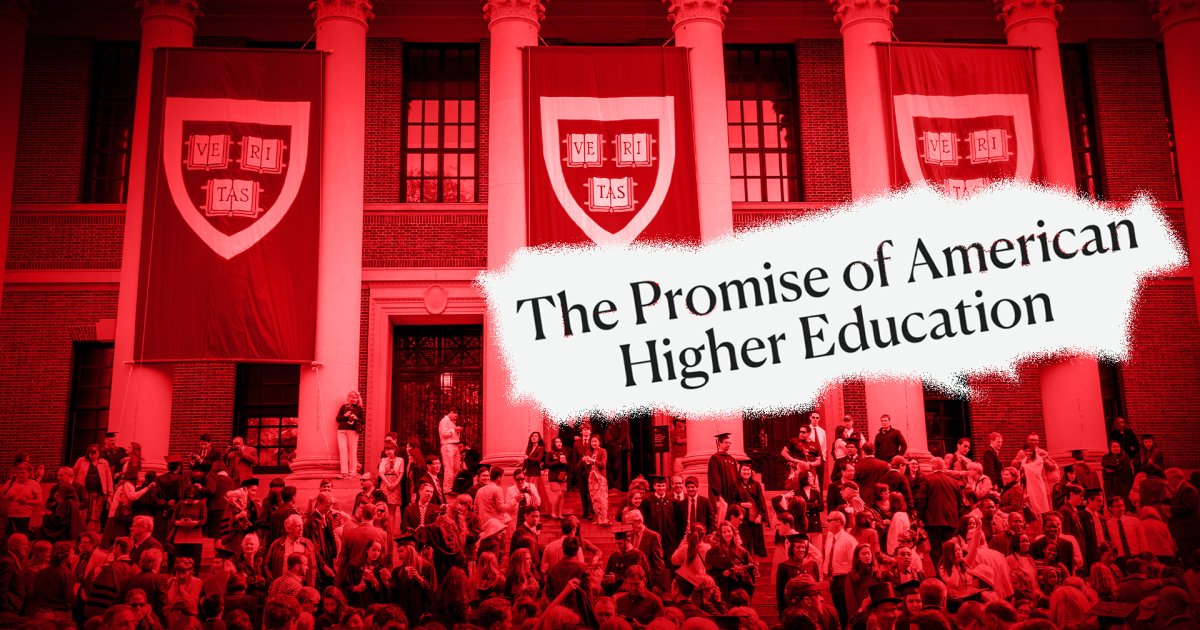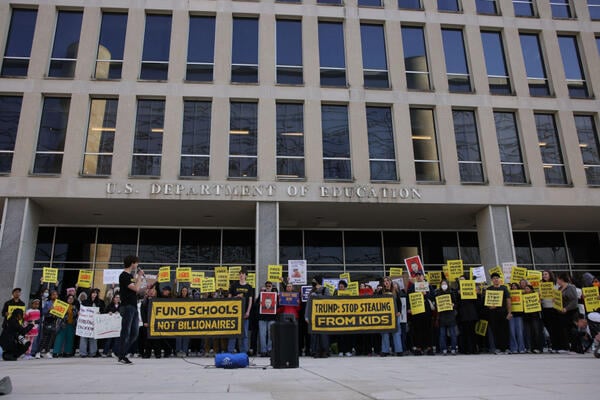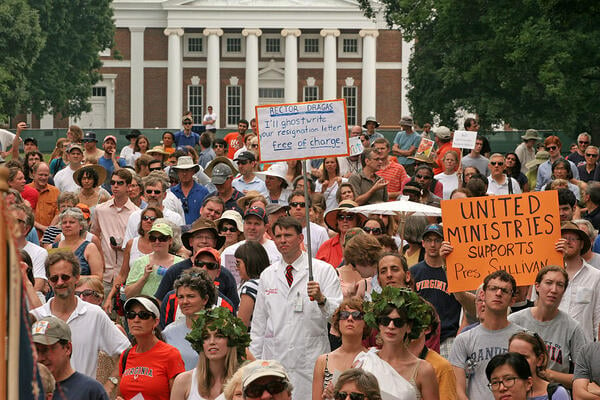Remember when SEO was all about keywords and metatags, fueling now-defunct search engines like Yahoo, AltaVista and early Google? Those were the days of “keyword stuffing,” where quantity trumped quality and relevance, delivering poor search results and frustrating users. Google’s PageRank algorithm changed everything by prioritizing content quality, giving birth to the “Content is King” mantra and improving the user experience.
Fast forward to the Era of the Modern Learner, where digitally astute users demand fast and accurate information at their fingertips. To keep up with their heightened expectations, search engine algorithms have evolved to become more sophisticated, focusing on the intent behind each search query rather than simple keyword matching. This shift has led to the emergence of AI-powered search engines features like Google’s AI Overviews to provide an AI-powered summary which now command prime real estate on the search engine results page.
In response, Generative Engine Optimization (GEO) is emerging. AI-powered search engines are moving beyond simply ranking websites. They are synthesizing information to provide direct answers. In this fast-paced environment, delivering the right information at the right time is critical now more than ever. All marketers, regardless of industry, must adapt their strategies beyond traditional SEO.
What is Generative Engine Optimization (GEO)?
Artificial intelligence is rapidly infiltrating tools across every industry, fundamentally reshaping the digital landscape. Generative Engine Optimization (GEO) is emerging as a new approach to digital marketing, leveraging AI-powered tools to generate and optimize content for search engines. GEO is a catalyst, driving a fundamental shift in how search engines present information and how users consume it
GEO leverages machine learning algorithms to analyze user search intent, create personalized content, and optimize websites for improved search engine rankings. This advanced algorithmic approach delivers contextually rich information from credible sources, directly answering user searches and proactively addressing related inquiries. A proactive strategy that goes beyond traditional SEO ensures that a school’s information is readily discoverable, easily digestible and favorably presented by AI-powered search engines such as Google’s AI Overviews, ChatGPT, Perplexity and Gemini.
How GEO Works
At its core, Generative Engine Optimization (GEO) uses artificial intelligence to bridge the gap between user needs and search engine performance. GEO tools go beyond traditional SEO by harnessing AI to deeply understand user behavior and generate content that’s not only relevant but also personalized and performance driven. Here is how it works across four core functions:
- Analyzing User Intent: GEO starts by analyzing user intent. AI models examine search queries, website behavior and browsing patterns to uncover what users are specifically searching for. This helps marketers develop content strategies that directly align with user expectations and needs.
- Generating Content: Using these insights, GEO tools generate original content tailored to meet the precise needs of the target audience. The result is content that answers user questions and aligns with how modern search engines evaluate relevance and quality.
- Optimizing Content: GEO then optimizes the generated content for performance. AI refines readability, integrates keywords and enhances structural elements for improved visibility in search results, which ensures that content performs well in both traditional and AI-powered search environments.
- Personalizing Content: Where GEO truly shines is in content personalization. By leveraging data like demographics, preferences and past interactions, GEO delivers tailored experiences that feel more relevant and engaging to individual users.
Comparing SEO and GEO
While SEO and GEO may seem like competing strategies, they actually complement one another. Both aim to improve visibility in search results and drive meaningful engagement but do so through different methods. Understanding how they align and where they diverge is key to developing a modern, well-rounded digital strategy.
Ways GEO is Similar to SEO
Despite their difference in execution, SEO and GEO share a common goal: delivering valuable content to users and meeting their search intent. Both SEO and GEO strategies contribute to:
- Improving website visibility and search rankings in the search engine results pages (SERPs).
- Driving organic traffic by making it easier for users to discover relevant information.
- Boosting user engagement and conversion rates through informative, well-tailored content.
Ways GEO is Different from SEO
Where SEO and GEO begin to diverge is in their focus, tools, and content strategy:
- Focus: Traditional SEO emphasizes keyword optimization, meta tags and technical structure. GEO, on the other hand, focuses on understanding user intent and creating dynamic, personalized content that adapts to evolving needs.
- Tools: SEO relies on tools like keyword research platforms, backlink analysis, and manual content audits. GEO uses AI-powered platforms to analyze data, generate content, and automate optimization based on real-time user behavior.
- Content: SEO often produces static, evergreen content that ranks over time. GEO enables the creation of responsive, personalized content that can shift based on user preferences, past interactions, and demographics.
While SEO has historically focused on driving clicks to websites and increasing rankings, GEO recognizes the increasing prominence of zero-click searches—where users find answers directly within AI-powered search overviews. In this new reality, GEO ensures your content remains visible and valuable even when the traditional click doesn’t occur. It does this by optimizing for how AI synthesizes and presents information in search results.
Is GEO Replacing SEO?
The rise of GEO has sparked an important question for marketers: Is SEO dead? The short answer is no. Rather than replacing SEO, GEO enhances it.
GEO builds a foundation of traditional SEO by leveraging artificial intelligence to automate time-consuming tasks, deepen audience insights, and elevate content quality. A strong SEO strategy remains essential, and when paired with GEO, it becomes even more powerful.
To support marketers in building that foundation, tools like EducationDynamics’ SEO Playbook offer actionable strategies for mastering SEO fundamentals while staying adaptable to innovations like GEO. As the higher education marketing landscape evolves, institutions are reaching a critical inflection point: the status quo no longer meets the expectations of the Modern Learner, and a more dynamic, data-driven approach is essential to stay competitive.
Here’s how GEO supports and strengthens traditional SEO efforts:
- Smarter Keyword Research and Optimization: GEO tools analyze search intent more precisely, allowing marketers to choose keywords that better reflect how real users search, creating content that directly answers those queries.
- More Personalized Content Experiences: By generating dynamic content based on user behavior, preferences, and demographics, GEO helps ensure the right message reaches the right audience at the right time.
- Streamlined Workflows: GEO automates content generation and optimization processes, making it easier to keep web pages fresh, relevant, and aligned with evolving search behaviors—all while saving time and resources.
SEO is far from obsolete; however, relying solely on traditional SEO tactics is outdated which is no longer sufficient in today’s evolving higher education landscape. To truly transform their marketing approach, institutions must embrace innovative solutions.
As generative AI becomes increasingly embedded in how people search, marketers must adapt. While traditional SEO tactics like on-page optimization, site structure, and link-building still have a role to play, GEO provides the bold innovation needed to drive impactful outcomes. By pairing SEO strategies with GEO’s AI-driven insights and automation, institutions can achieve greater efficiency and effectiveness in their marketing efforts.
Together, SEO and GEO provide a holistic, future-ready framework to engage the Modern Learner, enhance digital marketing efforts, and drive both reputation and revenue growth, which are essential for long-term success.
Integrating GEO and SEO in Your Marketing Strategy for Higher Education Marketers
As the digital landscape evolves, one thing remains clear: SEO is still essential for institutions looking to connect with today’s students. With the rapid adoption of AI in everyday search habits though, SEO alone is no longer enough.
According to EducationDynamics 2025 Engaging the Modern Learner Report, generative AI is already transforming how prospective students evaluate their options. Nearly 70% of Modern Learners use AI tools for generative chatbot platforms like ChatGPT, while 37% use these tools specifically to gather information about colleges and universities in their consideration set.
This shift signals a clear need for higher ed marketers to adapt their digital strategies. GEO provides a pathway to do that while better serving today’s students. By combining the proven fundamentals of SEO with GEO’s advanced AI capabilities, institutions can engage the Modern Learner more effectively at every stage of their decision-making journey.
Reaching Modern Learners: Integrating GEO and SEO Strategies
- Speak to What Modern Learners Search For: Modern Learners expect content that speaks directly to their needs and interests. Use GEO tools to identify the actual search terms prospective students use, such as “flexible online MBA,” or “how much does an online degree cost.” Then, develop SEO-optimized pages, blog posts, and FAQs that address these specific questions. Incorporate schema markup, structured headings, and internal links to boost visibility while keeping content informative and student focused.
- Personalize the Journey for Every Modern Learner: GEO enables marketers to go beyond generic messaging. Use behavioral data, such as which pages students visit, how long they stay or what programs they explore, to personalize touchpoints across channels. Personalization builds trust and shows Modern Learners you understand what matters to them.
- Deliver the Seamless Digital Experiences Modern Learners Expect: Today’s students want fast, seamless experiences. Use GEO insights to identify where users drop off, then optimize navigation and page speed accordingly. Implement clear, scannable layouts with prominent CTAs to enhance your website’s structure and user-friendliness. Consider adding AI-powered chatbots to provide real-time support for everything from application steps to financial aid inquiries.
- Use Data to Stay Ahead of the Modern Learner’s Needs: GEO tools give you visibility into what students search for, which content they engage with, and where they lose interest. Regularly review search patterns, click paths, and drop-off points to identify gaps in your content or barriers in the enrollment funnel. Use these insights to refine headlines, adjust keyword targeting, or introduce new resources that better align with what students care about.
As prospective students increasingly turn to AI tools to explore their options, higher education marketers must evolve their strategies to keep pace with changing search behaviors. While Search Engine Optimization remains essential for visibility and reach, it no longer fully reflects how today’s students search and engage online. GEO bridges that gap by adapting to real-time behaviors and preferences. To effectively connect with Modern Learners and stay competitive, institutions must evolve their digital strategies to include GEO.
The Future of SEO and GEO in Higher Education
The future of enrollment will be shaped by how well institutions adapt to evolving digital behaviors. GEO is one of the many new components at the forefront of this shift. As AI continues to reshape how students interact with institutions and search for information, GEO will become an instrumental tool for delivering personalized, real-time information to meet their expectations.
Traditional SEO will still play a vital role in ensuring your institution is discoverable, but GEO takes things further by extracting and tailoring relevant content to meet the specific needs of each user, creating dynamic, intent-driven engagement. With more students using generative AI tools to guide their enrollment journey, institutions must embrace strategies that reflect this new reality.
Looking ahead, AI-powered SEO strategies will empower higher education marketers to create adaptive content that speaks directly to individual student goals and behaviors. These tools will also make it possible to deliver faster, more relevant information across platforms, often surfacing answers before a student ever clicks a link. With deeper access to behavioral data and user intent, marketers can refine messaging in real time, ensuring they’re reaching the right students with the right information at the right moment in their decision-making journey.
Unlocking the Power of GEO with EducationDynamics
As the digital landscape continues to shift, it can be challenging for institutions to keep pace with rapid change—especially when it comes to reaching the demands of today’s students. GEO empowers institutions to transform their digital engagement strategies, moving beyond outdated tactics to cultivate meaningful connections with the Modern Learner.
As a leading provider of higher education marketing solutions, EducationDynamics specializes in helping colleges and universities stay ahead. Our team brings deep expertise in foundational SEO and is actively embracing the next wave of digital strategy through Generative Engine Optimization (GEO). We understand what it takes to create meaningful engagement in a competitive enrollment environment and we’re here to help you do just that.
Connect with us to discover how we can support your team in building personalized digital strategies—whether it’s laying the groundwork with SEO or embracing innovative approaches like GEO. We’re here to help your institution succeed in today’s ever-changing digital world.









